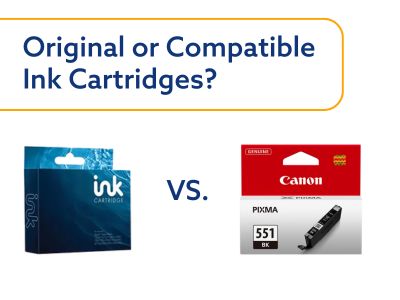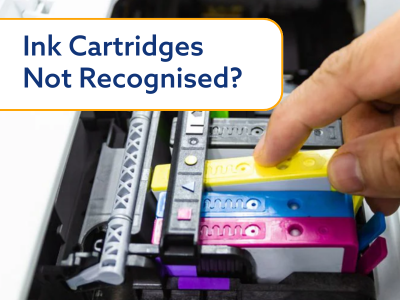If you’re thinking about investing in a new inkjet printer for your photography or artwork, you might be wondering about the difference between dye and pigment ink, and which type of printer is the best fit for your needs.
While the most significant distinction is in their archival qualities, there are other factors to consider based on the type of work you plan to produce.
Dye-Based Ink
Dye-based ink consists of liquid dyes that are absorbed into the paper’s fibers. It delivers rich, vibrant colors but is more prone to fading and smudging compared to pigment ink.
Benefits:
- Produces saturated, vivid colors, especially on glossy paper.
- More affordable, often used in entry-level printers for budget-conscious buyers.
Drawbacks:
- Fades faster than pigment ink, with a lifespan of around 25 to 30 years or less when exposed to sunlight.
- Easily smudges, particularly if it comes into contact with water, as the ink can run.
Ideal for:
- Smaller budgets.
- Everyday prints where longevity isn’t crucial.
- Images requiring bold, saturated colors.
Pigment-Based Ink
Pigment-based ink is made from solid pigment particles that bond with the paper fibers. Although it may not be as vibrant as dye-based ink, advancements have closed the gap, and pigment ink is far more durable.
Benefits:
- Highly resistant to external elements such as water, gases, and UV rays.
- Superior color stability and longevity, with some prints lasting up to 200 years without significant fading.
Drawbacks:
- Colors can appear less vibrant than those from dye-based ink.
- Typically found in higher-end, more expensive printers.
Ideal for:
- Those who need or prioritize long-lasting, archival-quality prints.
- Prints that will be handled frequently or exposed to UV light.
- Professional-quality outputs like exhibitions, wall art, or albums.
Note: Print heads are designed specifically for either dye or pigment ink and cannot be used interchangeably.










